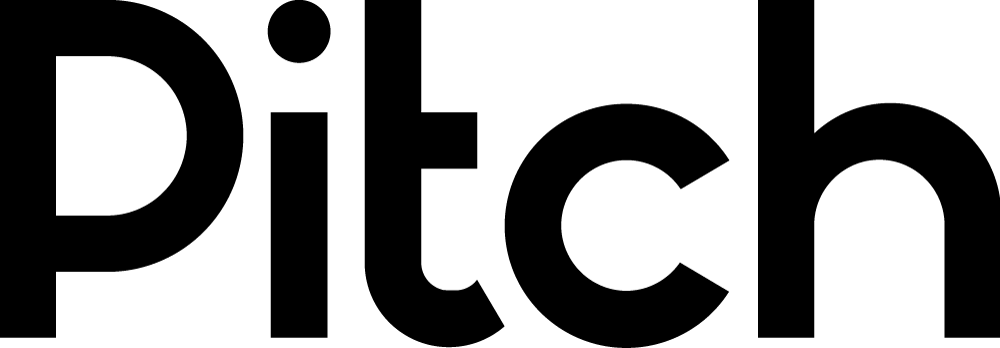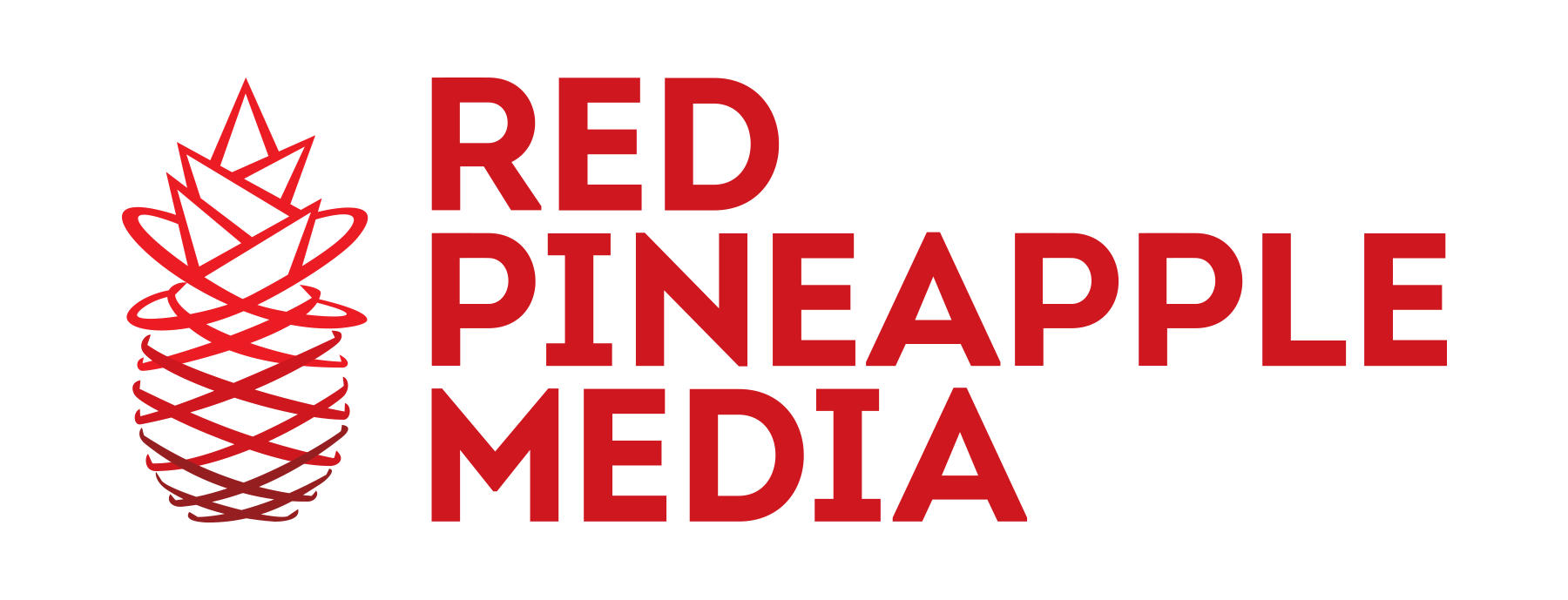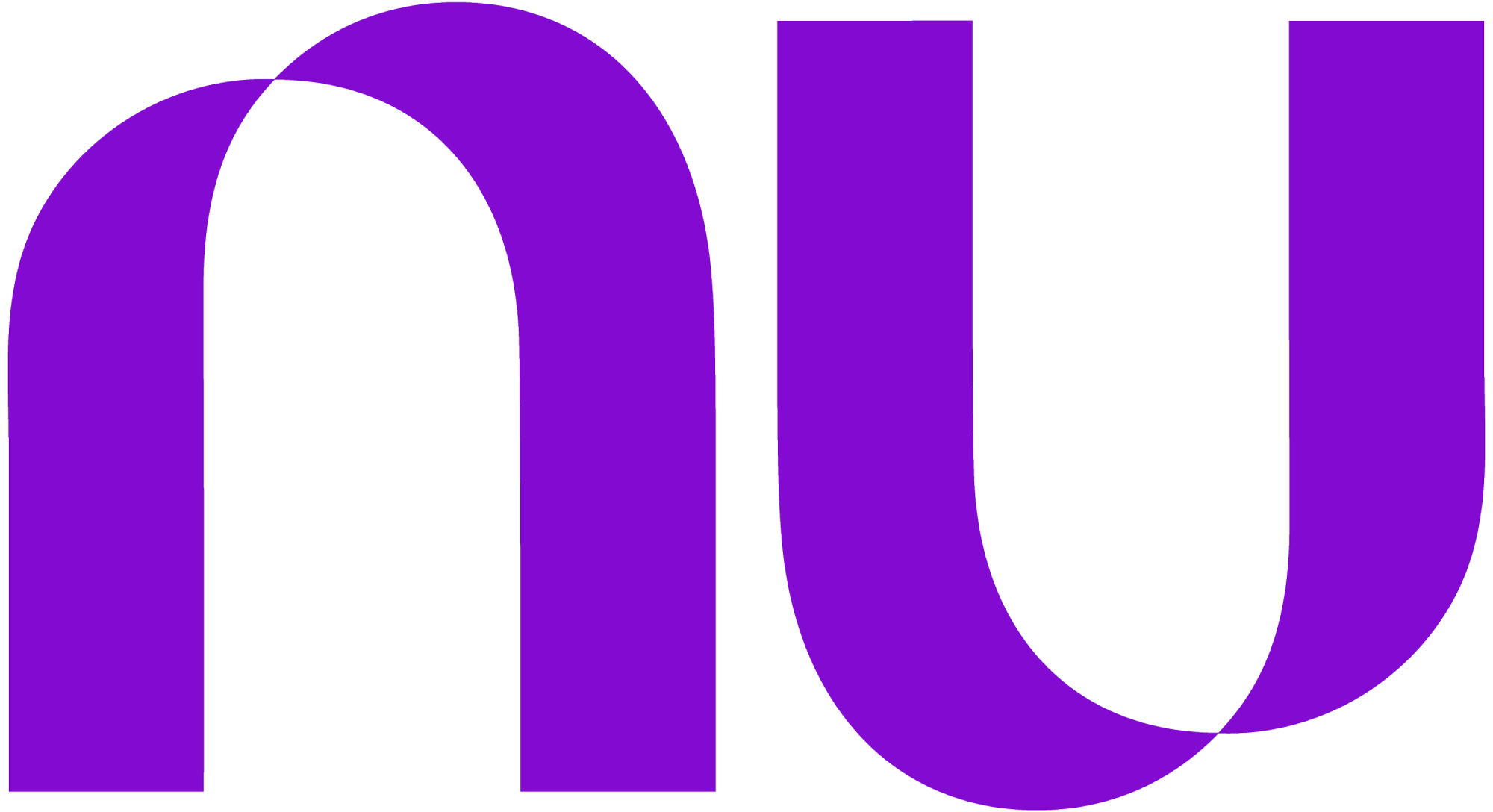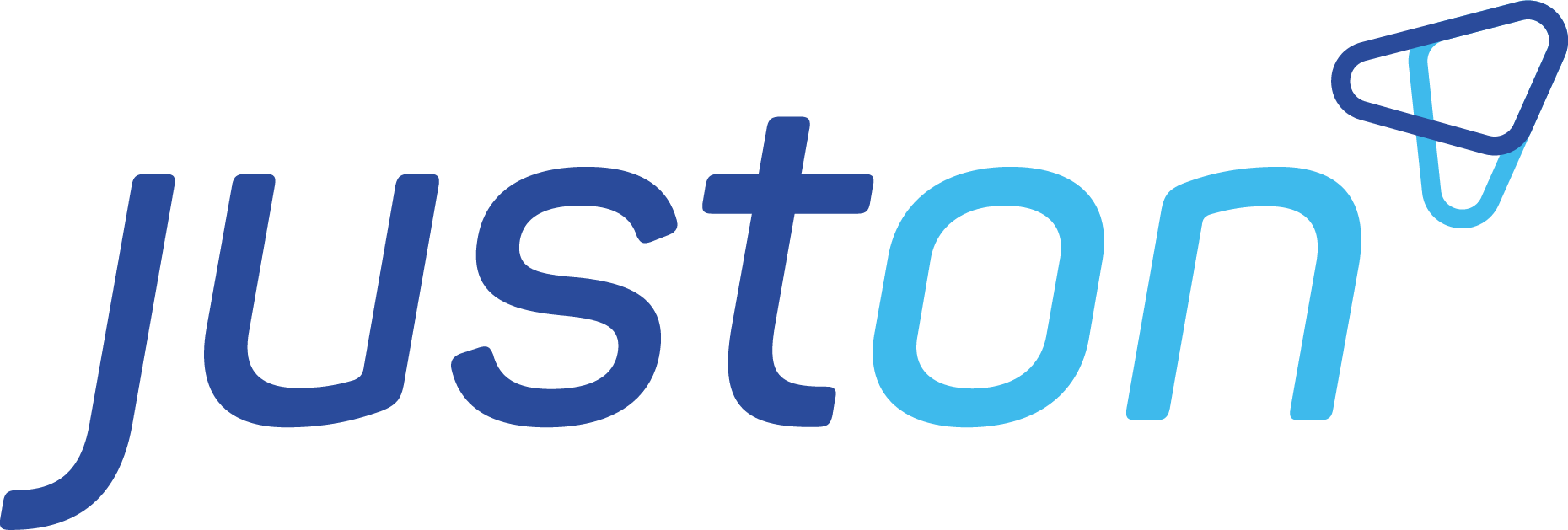Talks 2021
June 5
In addition to our fantastic speakers, we are happy to have some great artists on the show. For the welcome, during the breaks and for the farewell. It will be glittery, magical and surprising! And before we meet at our virtual bar in gather.town, there will be a pinch of old school punk rock directly from a secret space in Berlin.
| Time CEST / UTC+2 |
Talks & activities |
| 10:00 | Doors open – Time to meet again! |
| 11:00 | Welcome ❤️ |
| 11:15 | Calva says: Welcome to Clojure! Peter Strömberg |
| 12:00 | Your own fast, native Clojure scripting CLI with GraalVM and SCI! Michiel Borkent |
| 12:45 | Lunch Break Entertainment |
| 13:15 | Command & Conquer: Learnings from Decades of Code Editing Philippa Markovics |
| 14:00 | Firetomic: Replacing Datomic with Datahike and Firebase Alex Oloo |
| 14:45 | A Year Abroad – Around The World as a Digital Nomad Nicole Rauch |
| 15:30 | Coffee Break Entertainment |
| 15:45 | Clerk: Local-First Notebooks for Clojure Martin Kavalar |
| 17:00 | Generic Gymnastics: Sussman to Production ClojureScript Code Jordan Miller |
| 17:45 | Victims of Complexity Bozhidar Batsov |
| 18:15 | Energizing Break Entertainment |
| 18:30 | Immutable Data Structures for Fun and Profit Paula Gearon |
| 19:15 | A Trick of the Tool Alex Miller |
| 20:00 | Thank you – Now let's get together! |
A Trick of the Tool
by Alex Miller
Deps are data, builds are programs, and source is sufficient.
Learn about the next steps of the Clojure CLI!
About Alex Miller

Alex Miller has been part of the Clojure core team since 2013 working for Relevance, Cognitect, and Nubank where he has worked on many Clojure features, the Clojure CLI tools, spec, and a smorgasbord of other Clojure libraries.
Alex is the co-author of Clojure Applied and co-author of the 3rd edition of Programming Clojure (both on Pragmatic).
He moonlights as a conference organizer and created the Clojure/west, Lambda Jam, and Strange Loop conferences.
Firetomic: Replacing Datomic with Datahike and Firebase
by Alexander Oloo
Years ago, after being inspired by Clojure and Datomic, I rushed to rebuild all my stacks. As any good dev would.
The complexity and cost of setting Datomic up were beyond my reach at the time. And so began the outrageous journey to build a Datomic on top of Firebase.
This talk is about the scars and lesson along the way. We’ll explore the core concepts, features and practical examples of replikativ’s konserve and datahike as well as Firebase. We’ll also explore how combining these three resulted in the store of our dreams.
Firetomic. It’s gonna be a goodie. See you there!
About Alexander Oloo
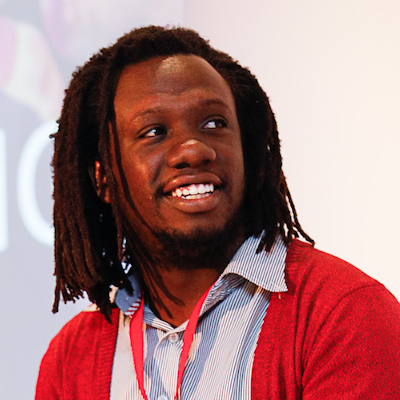
Alex is an engineer by trade. A designer by necessity. He’s been writing code for over a decade, both front and back. From Assembly to C and Node to Vue. And of course lots and lots of Clojure.
While the sun is up, Alex is the Head of Design at Absa Bank where he’s focusing on building a world class design org in which designers and process engineers can thrive.
Victims of Complexity
by Bozhidar Batsov
Does the following story sound familiar?
Let's start our new project small and simple. Now let's add a few really useful bonus features.
Now let's add a few more. While we're on it – why don't we add any feature that we can think of or that someone else requested.
Eventually we get to the point where either the codebase is too big, too complex or both, and our ability (and/or desire) to support it diminishes significantly.
The road to Hell is truly paved with good intentions!
On this talk you'll get to hear a similar story, taking place in the context of CIDER and its Orchard, but the lessons you'll learn are quite universal.
So, let's get together, have some fun and learn how to avoid becoming victims of complexity!
About Bozhidar Batsov

Bozhidar is the author/maintainer of CIDER, nREPL, a dozen related projects, and the editor of the community Clojure style guide.
Most people would probably describe him as an Emacs zealot (and they would be right).
He's quite fond of the Lisp family of languages, functional programming in general and Clojure in particular. Shocker, right?
Outside of programming he's one extremely boring person, who's trying to learn and do many things, but due to extremely poor planning skills and total lack of focus, he usually ends up doing nothing. 😀
On the bright side – his bio section stays short and lean.
Generic Gymnastics: Sussman to Production Clojurescript Code
by Jordan Miller
The newest knowledge bomb dropped from Sussman and the MIT crew has finally hit our bookshelves!
Reflecting on this new content from “Software Design For Flexibility” I will share my humble opinions about which of these techniques work best in a reactive ClojureScript production application and risk sharing my unpopular opinions about which concepts do not transfer as gracefully (and why!).
We will explore how to best adapt and combine these ideas to build my favorite flavor of abstraction layer cake -- the kind resulting in a flexible, functional, data-driven codebase... Yum!
About Jordan Miller

Jordan Miller (aka lambduhh) is the new dev on the block. Just a she/her making her way through the wild world of functional programming while feebly attempting to grow out her neckbeard.
If you are into learning while laughing and enjoy entertaining clojure/tech content you should check out more about her here: https://linktr.ee/lambduhhh.
Clerk: Local-First Notebooks for Clojure
by Martin Kavalar
Like the idea of notebooks, but hate leaving your favorite editor? We present Clerk, a tool that enables a rich, local-first notebook experience using standard Clojure namespaces.
About Martin Kavalar

Martin Kavalar is a programmer with a degree in Physics interested in working at the intersection of science and industry.
With his small team, he has been building and running Sauspiel, an online community for the traditional German card game Schafkopf, for fifteen years.
They are now leveraging that experience to build NextJournal, to facilitate collaboration, reproducibility and reuse in science.
Your own fast, native Clojure scripting CLI with GraalVM and SCI!
by Michiel Borkent
We all know jq, a CLI to deal with JSON on the command line. But you want to make jq for Clojure. A better one. Instead of a freaky DSL you just want to expose Clojure. You want instant startup time and you want to distribute your tool as a standalone binary for Linux, macOS and Windows. In this talk you will learn how to do all of this.
About Michiel Borkent

Michiel Borkent (@borkdude) has been enjoying Clojure for over a decade during and outside of work. He is the author of clj-kondo, babashka and several other useful Clojure tools.
A Year Abroad – Around The World as a Digital Nomad
by Nicole Rauch
After having worked from home as a software developer for a few years already, Nicole decided to embark on a one-year world tour while experiencing the "Digital Nomad" lifestyle.
This talk does not only contain a few holiday pictures but also valuable hints and advice on what one might want to think about before and during such an endeavour.
About Nicole Rauch

Nicole Rauch is an independent software developer and development coach with a solid background in compiler construction and formal methods.
Her focus is on Domain-Driven Design, React/Redux with TypeScript as well as Clean Code and the restructuring of large Java legacy code applications.
Nonetheless, her secret love is for functional programming.
Furthermore, she is part of the organizers' committee of a number of conferences and co-founded Softwerkskammer, the german-speaking Software Craftsmanship community.
Immutable Data Structures for Fun and Profit
by Paula Gearon
One of the primary building blocks in Clojure is the set of built-in data structures, which are all immutable.
These enable functional programming and leading to the simplicity that allows Clojure to do such impressive things. But how are these built? And how can they possibly be efficient in speed and memory consumption?
We will explore these ideas together, discussing how Clojure takes advantage of them. The same concepts are illustrated as the basis for durable structures on disk or in the cloud.
I will show you how they can be applied to databases providing integrity, responsiveness, and cool features such as time travel!
About Paula Gearon

Paula has been developing with Clojure for over 10 years, and finds joy in working in the most technical parts of a system — building infrastructure allowing other developers to more efficiently do their jobs.
She has successfully led many technical teams on both commercial and open source projects, focusing on data storage and processing.
In the past, Paula was a lead editor for the SPARQL standard for accessing RDF databases. She is currently enthralled acting as the lead developer for the Asami database (check out 2.0 release!).
When not coding, her pre-pandemic hobbies of triathlons and Taekwondo have temporarily been replaced by cooking, running, and struggling to convince her children to walk outside more frequently.
Originally from Australia, she lives with her family in Virginia, in the USA.
Calva says: Welcome to Clojure! ♥️
by Peter Strömberg
How do you turn curiosity about Clojure into an actual attempt to try it out? For fans of Visual Studio Code, one thing making this decision easier is if they see that they can have the company of their trusty editor friend on this exploration. And if they like what they find, it should be seamless and easy to bring their favorite editor into real-world Clojure projects and become valuable members of the community. Calva accepts this recruitment mission and runs with it.
In this talk: Learn about the Calva team's approach. Check out the feature set. Take a peek behind the scenes of the tool smiths community in pooling their resources and passions into creating rich and welcoming Clojure environments. Get a glimpse of the Calva architecture, where the building blocks made and maintained by the community, fall into place to form a whole, greeting and treating Clojurians.
About Peter Strömberg

Peter Strömberg, a family man with five kids, had his professional career take a sharp turn when he met Clojure. This amazing language made coding much more fun than product management.
Today he hacks health at Pilloxa, enjoying the super powers of ClojureScript. To get some more of the Clojure support that users of Emacs and IntelliJ have, Peter created Calva.
Command & Conquer: Learnings from Decades of Code Editing
by Philippa Markovics
In a quest to make Nextjournal’s editing UI more principled, we looked at the history of LISP editing.
What we discovered is a pattern that can make interacting with your app faster, more reliable and more discoverable: contextual commands.
This talk will give you a quick tour through historic LISP editing UIs, from the original LISP machine until today’s modern dev environments.
It will also introduce you to how we use contextual commands at Nextjournal and how you can make use of them yourself.
About Philippa Markovics

Philippa works as UI Designer and Frontend Lead at Nextjournal.
Her main interests are in how we can make programming more tangible and data science more accessible. When she’s not working, you can find her planting food plots somewhere in the Austrian countryside.
Sponsors
Thanks again to our sponsors in 2021:
We at Doctronic support our customers in the publishing industry and the public sector with highly specialized software solutions. For our Xaver Publishing Platform and Xaver Access Management as well as most of our custom projects we rely on Clojure. Therefore we support the Clojure community and the advancement of Clojure by hosting the :clojureD conference.
Flexiana is a team of craftsmen with a passion for developing software. We are senior developers, testers and scrum masters that become part of our customers team.
Our mission is to provide excellent software development services from apps, business tools to complex systems for partners from all over the world.
Our main partners are either fin-tech, e-commerce, retail, ICOs, or companies implementing blockchain projects.
Nextjournal is the notebook for reproducible research. Run anything you can put into a Docker container and improve your workflow with polyglot notebooks, automatic versioning and real-time collaboration. Save time and money with on-demand provisioning, including GPU support. Nextjournal is built in Clojure and ClojureScript and we're happy to keep supporting the Clojure community.
Red Pineapple Media is a leading global digital video advertising platform.
We're experts in delivering truly effective global ad campaigns tailored specifically to an audience, never compromising on quality.
We've worked for 72 of the 100 leading global brands in more than 64 countries and counting.






